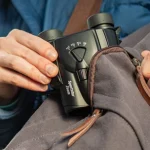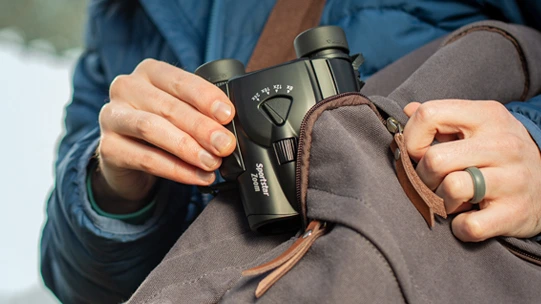Table of Contents
Binoculars are a bridge between learners and the world they study—whether it’s observing wildlife during a biology field trip, surveying geological formations, or spotting distant constellations during an astronomy night. For schools, universities, and laboratories, the decision to invest in optical instruments is a commitment to nurturing observation, curiosity, and precision.
But like all precision instruments, binoculars need thoughtful care. Without it, their performance quickly diminishes, leaving images blurry, focusing difficult, and opportunities for learning compromised. At ColperLab, we not only supply reliable optical solutions but also advocate for practices that ensure these tools remain dependable for years of institutional use through consistent binocular maintenance.
Why Binocular Maintenance Matters in Education
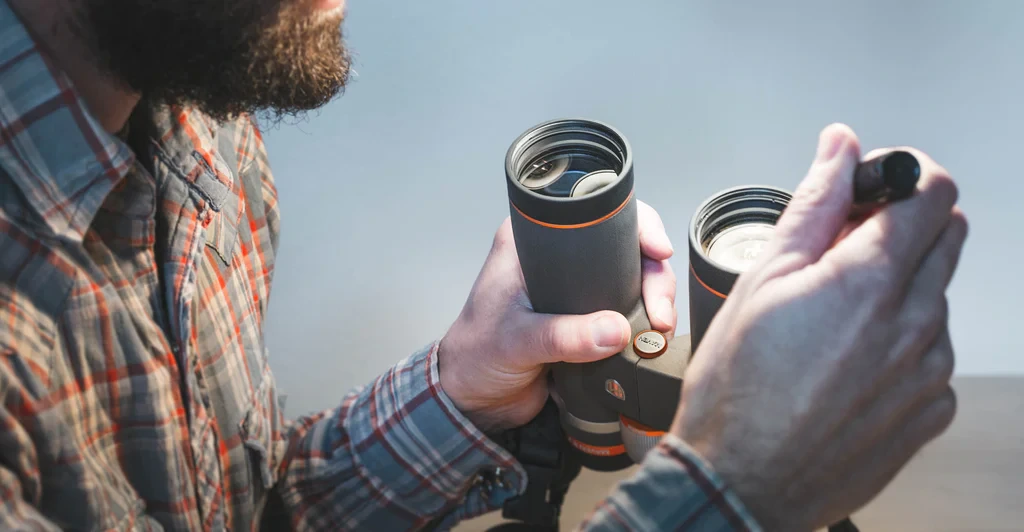
Think of a set of binoculars handed around a group of students. Each pair of hands brings fingerprints, dust, or accidental knocks. Multiply that by dozens of classes, semester after semester, and you see why institutions face unique challenges.
When binoculars are neglected, the consequences show up fast:
- Dust accumulation that blurs images
- Prism misalignment leading to distorted views
- Mold forming inside lenses in humid climates
- Stiff focusing wheels caused by dirt and lack of use
For an individual user, such issues are an inconvenience. For a school or university, they disrupt schedules, increase costs, and sometimes end a lesson before it begins.
The benefits of preventive maintenance, on the other hand, are broad:
- Instruments last longer, stretching budgets
- Students experience consistently sharp, reliable viewing
- Faculty avoid wasting time troubleshooting equipment during lessons
- Institutions reduce repair and replacement costs
Even the choice between zoom and fixed magnification models can affect how often maintenance is needed, with zoom systems carrying more moving parts and therefore higher upkeep demands—useful context when comparing zoom vs fixed binoculars.
Cleaning Lenses Without Damage: How to Clean Binoculars
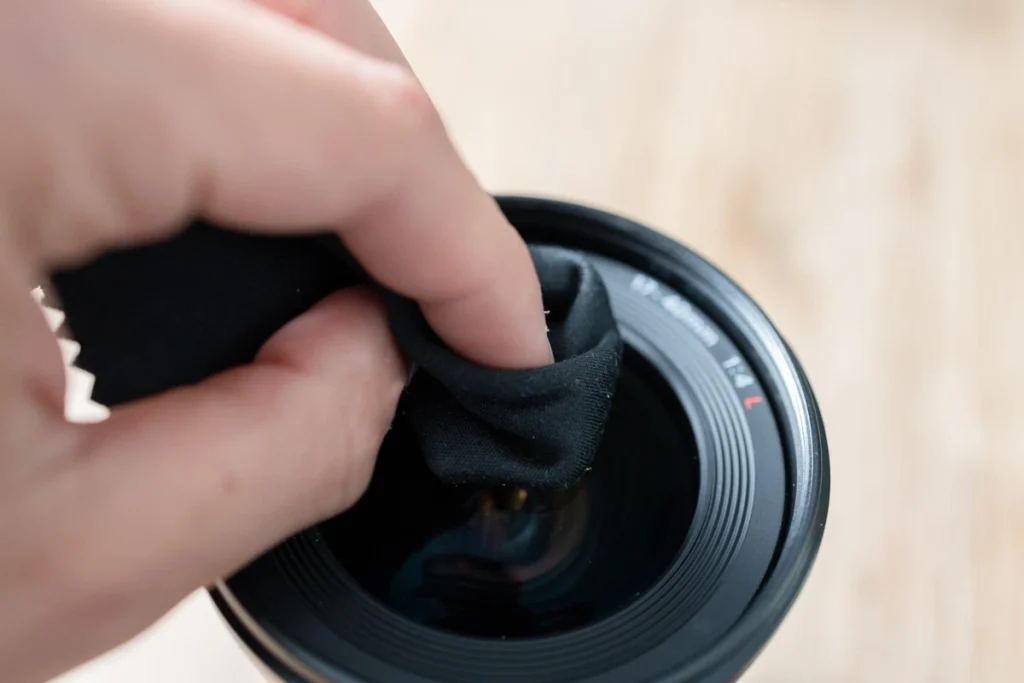
Cleaning may sound simple, but it’s where most accidental damage happens. The lens coating on binoculars is delicate, designed to maximize light transmission, and a careless wipe with a tissue or shirt sleeve can leave permanent scratches. To avoid this, dust should always be lifted with a soft brush or air blower before wiping, and only microfiber cloths designed for optics should be used. If a deeper clean is required, the cloth can be lightly dampened with lens-cleaning solution, but liquid should never be applied directly to the glass. Gentle, circular motions starting from the center outward help maintain clarity without risking abrasion.
Rather than leaving cleaning responsibilities solely to teachers or lab managers, institutions can encourage a culture of collective care. This might include keeping labeled cleaning kits in classrooms, providing students with quick training on proper handling, or reminding them to report dirty lenses immediately instead of attempting improvised fixes. When these habits become routine, schools not only avoid costly repairs but also instill respect for the delicate tools that support scientific learning—simple, repeatable binocular care tips.
Protecting Against Environmental Factors in Sri Lanka (humidity & dust)
The environment plays as much of a role in the longevity of binoculars as the users themselves. Humidity, heat, and dust—common in classrooms or fieldwork—gradually damage internal components. Proactive steps help prevent mold in binoculars before it starts.
Take the example of a coastal university. Salt in the air, combined with moisture, can corrode metal parts and create haze inside the lenses. Without protective storage, even new binoculars will degrade within a few years.
Institutions can safeguard against these risks by:
- Storing instruments in climate-controlled dry cabinet for optics, or at least with silica gel packs to absorb moisture.
- Allowing binoculars to acclimate when moving between hot outdoor environments and air-conditioned rooms, preventing condensation.
- Keeping instruments in padded cases during transport to shield them from dust, knocks, and temperature swings.
When students take binoculars outdoors for extended hours, it’s not just magnification power that matters but also ruggedness—protective coatings, rubber armor, and sealed barrels are essential to withstand real-world conditions, especially for waterproof binoculars for fieldwork.
In short, environmental control isn’t just about preservation; it’s about ensuring that when the moment to observe arises, the instrument is ready without delay.
Handling and Storage Protocols for Shared Equipment (Binocular Storage)
Frequent passing of binoculars from one student to another increases the chance of accidents. Establishing clear handling and storage rules helps reduce unnecessary wear and tear.
Encourage users to carry binoculars with the neck strap and avoid touching the lenses with bare fingers. Focusing wheels should never be forced—if movement feels stiff, it’s better to report the issue than risk damage.
On the storage side, padded cases or lockable cabinets ensure instruments remain safe when not in use. Many institutions find it useful to keep quick-start guides or laminated instruction cards near storage areas so even new students know how to handle equipment properly. Where budgets allow, dedicate shelves or a small binocular storage area to keep gear organized and protected.
Regular Inspections and Professional Servicing for Binocular Maintenance
Routine inspections keep minor issues from becoming major problems. A monthly check for dust inside eyepieces, loose screws, or mechanical stiffness ensures early detection. More thorough inspections at the end of a semester help guarantee readiness for the next academic cycle.
Certain problems—like prism misalignment—cannot be fixed in-house and require professional servicing. Planning this into annual equipment inventories saves time later and ensures accuracy for student observations and research projects. If you need external support, look for reputable binocular repair Sri Lanka providers with experience in educational settings.
Teachers often find that when instruments are well-maintained, students naturally spend more time exploring during fieldwork, whether it’s at an astronomy night or an ecology survey. This added engagement enhances both curiosity and learning outcomes.
Training Students and Staff in Responsible Use (Binocular Care Tips)
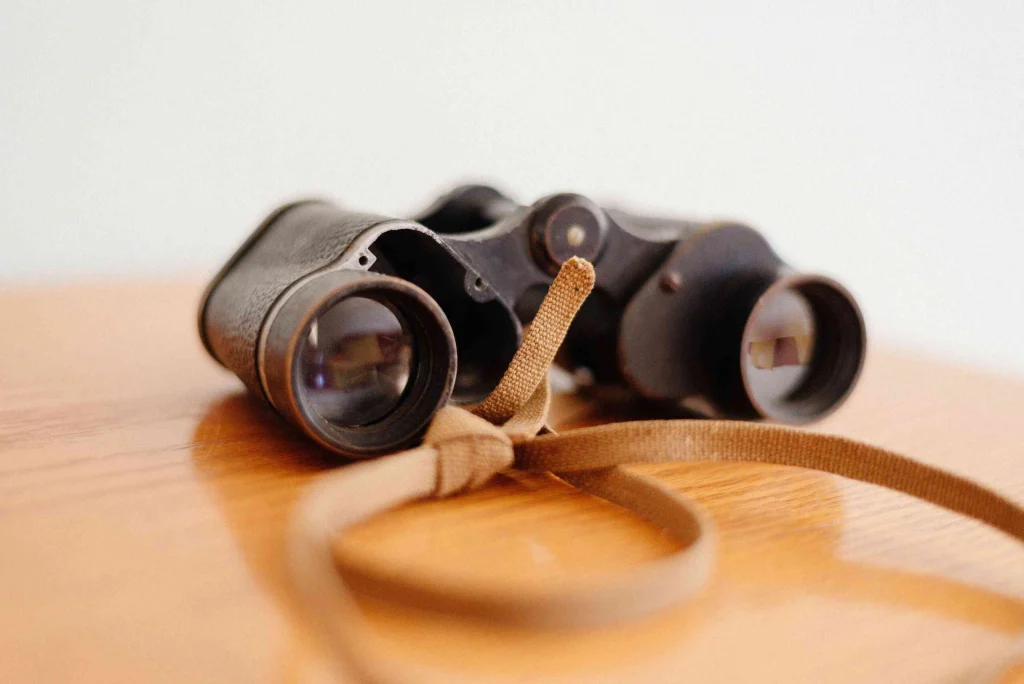
One of the most powerful steps an institution can take is educating its users. Students should learn the basics of adjusting interpupillary distance, focusing correctly, and returning equipment safely after use. Staff and lab assistants, in turn, should be equipped to carry out regular checks and guide students on best practices.
Training doesn’t need to be complicated—short induction sessions, posters in classrooms, or a brief demonstration at the start of field trips can be enough. By building awareness, institutions reduce the risk of damage and encourage collective responsibility across all optical instruments for schools.
Keeping Vision Clear for the Future
When binoculars are properly cared for, they remain more than just classroom tools—they become gateways to discovery. Protecting them means protecting learning opportunities for countless students, from their first look at a bird in flight to their first glimpse of Saturn’s rings.
At ColperLab, we provide binoculars Sri Lanka solutions designed for schools, universities, and labs, but we also emphasize the importance of proper care. With thoughtful handling, routine inspections, and the right storage practices, educational institutions can ensure their binoculars serve students and researchers faithfully for years to come.

